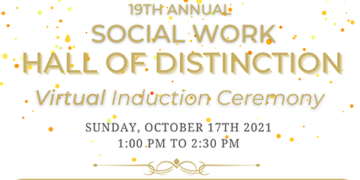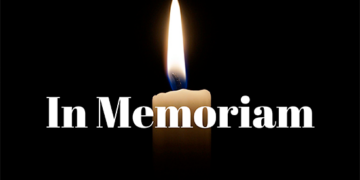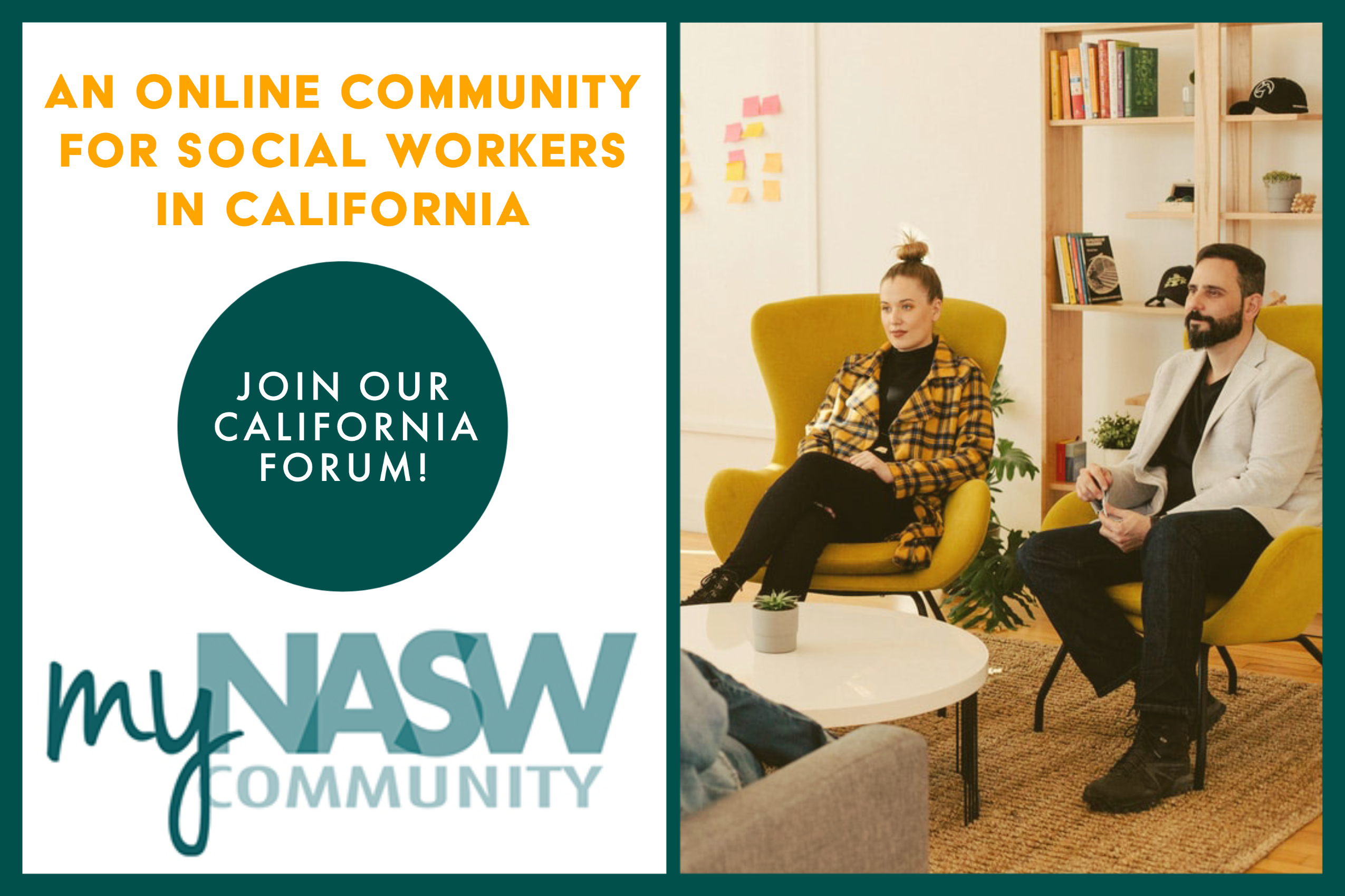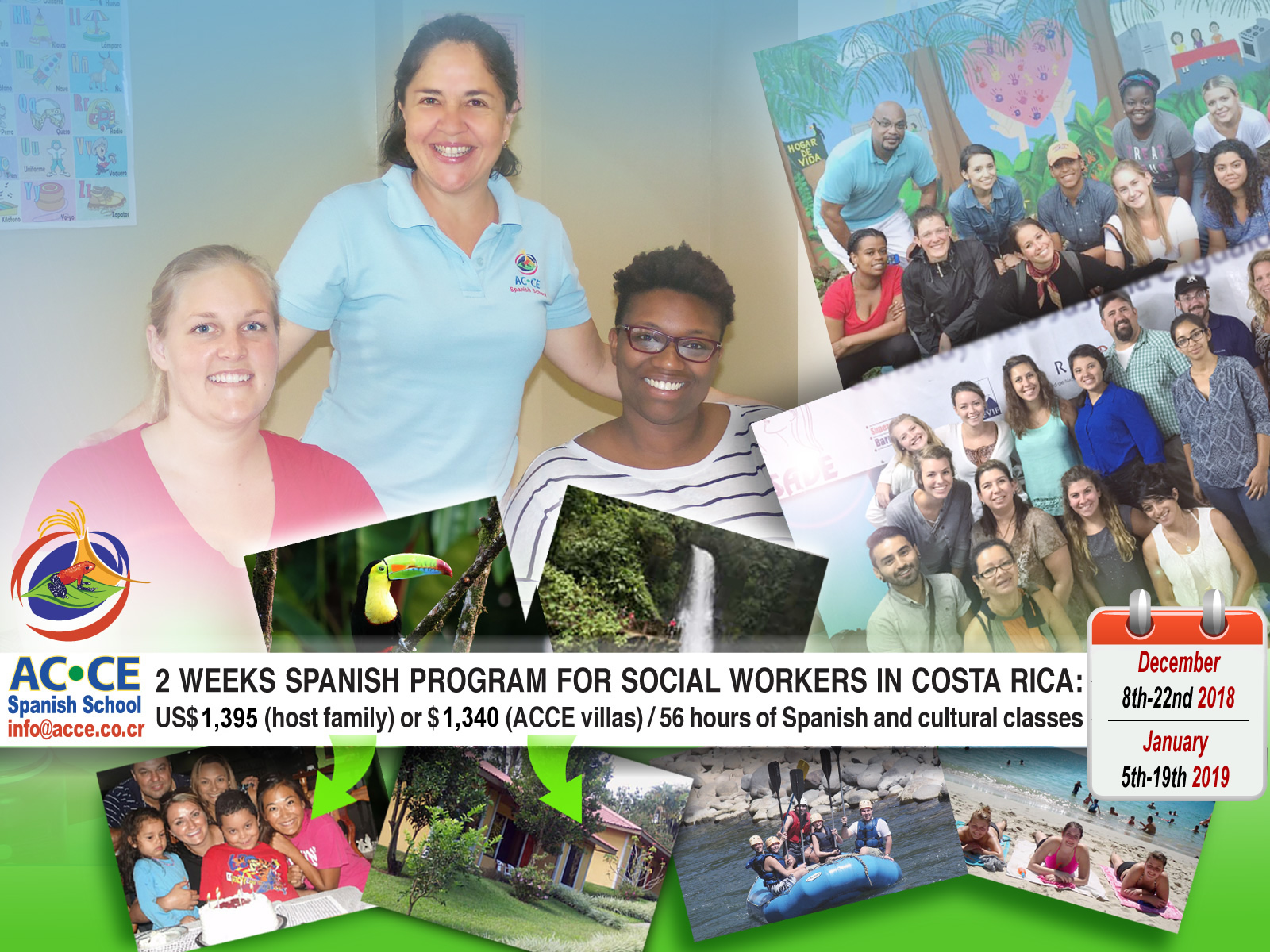The Psychotherapy of “Intensives”
A group of four Santa Barbara therapists was formed in 1971 by the late Marilyn Joan McLaren Nadler (1931–2015), a licensed social worker and experienced therapist. Marilyn obtained her MSW at the University of Michigan, and practiced for 40 years. She worked for many of these years as psychotherapist in Health Services of University of California, Santa Cruz. I met her after she and her husband, Joe, moved to Santa Barbara. Like the other two therapists that she picked, we met because all four of us were in a self-help group psychotherapy class in 1969.
In 1971 she organized a psychotherapy unit built around the idea of intensives: a five day marathon for each of our clients: 20 hours of individual psychotherapy (two 2-l/2 hour sessions from each of the four of us) and 20 hours of attendance in self-help psychotherapy groups (Re-evaluation Counseling classes). At the time there were many such groups available in Santa Barbara. These groups focused on expressing emotions, such as laughing and crying. Marilyn had met all three of us in a RC class. However, her therapeutic method was not guided by RC beliefs and practices, as will become clear below.
The new group was entirely her idea: she picked three other therapists to help her realize it, without having to spend twenty hours a week herself being a lone therapist. I think now that the reason she chose the three of us was that although we all had marriage counselor’s licenses, we had little training and experience. We all had been “grandfathered” into our licenses by our therapists at the time the MFT license was created. My therapist, the psychiatrist Ben Weininger, thought (mistakenly, it turned out) that I would be a good therapist without further training.
Because all three of us were new and little trained, Marilyn probably thought that she would be able to guide us with little friction, which proved to be the case. The three of us were all employed full-time in other jobs: Paul Soderburg was an architect, George Daignault, Director of the UCSB Extension, and I was a professor of sociology at UCSB.
Marilyn had gotten the idea for the group because she was often called by other therapists (most of them in Los Angeles) for consultation about difficult or stalled cases. Dr. Bert Somers, a leading in psychotherapist in LA, was one of them; his wife, also a psychotherapist, was another. Marilyn set up an intensive procedure which we used with some 60 clients referred to her over a two-year period. We charged only $20 an hour for the individual therapy, because it was an experiment. Since there was no charge for attendance at the RC classes, the total for the week was only $400, which was seen as inexpensive even at that time.
The first two steps occurred before the Intensive began. Marilyn had a lengthy phone talk with the referring therapist. We four then had a short meeting in which she outlined what she had learned, and a bare beginning of a treatment plan (always brief). Then we met again on Wednesday at the halfway mark, to discuss what had happened in the first half of the Intensive, and how we might proceed in the last half.
This procedure was incredibly successful, according to the responses by the referring therapists. In the follow-up call Marilyn made some ten days after the end of therapy, all of them expressed gratitude for the help provided their client, and also, frequently, questions to find out the methods that were used. As suggested below, they didn’t get much of an answer to their questions about method. Apparently that didn’t perplex them, because often they referred other clients. It should be noted that a 100% success rate is completely unknown in psychotherapy outcome studies.
The group ended in 1971, when Marilyn moved to Santa Cruz because her husband had taken a job there. We three who remained in Santa Barbara tried to carry on without her, but it was immediately obvious that we were no longer effective. I stopped offering therapy entirely, and let my license lapse. The three of us had been superb therapists only because of guidance by Marilyn.
My next step was to try to find out Marilyn’s secret: How did she do it? It took many years questioning her, but I finally realized that she was unable to explain. As she told me, she just did what she had to do without thinking about it. It seems to me now that her success as a therapist can be explained in terms of her superior access to her intuition.
It seems to me that this history has a strong implication for the practice of psychotherapy today. Because there is as yet little scientific knowledge about causes and treatment of client problems, therapists should be encouraged to cultivate and use their intuition, as Marilyn did.











